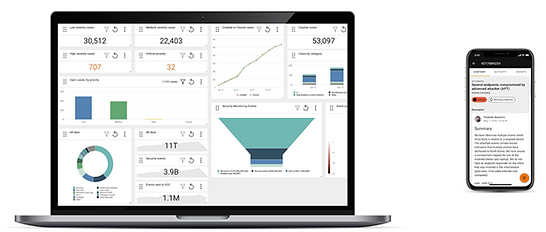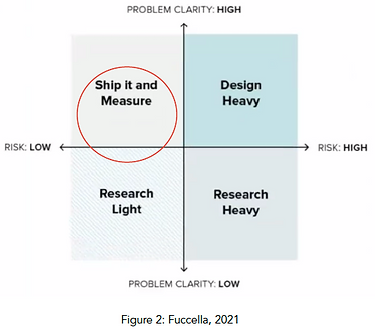Argus
"Right solution for the Right problem"

UX Lead Case Study by Mnemonic,
March 2025
Summary
In this case study, Mnemonic (a cybersecurity company) wants to see my approach and the steps I would take in the case mentioned below. In summary, I followed a structured plan based on key concerns about user needs, business needs, and process. I aligned the teams around data-driven decisions to help decision-makers to take action.
The Case Background
Argus
Mnemonic has a proprietary platform called Argus. Argus is used for various aspects of Mnemonic's services, including serving as a case management tool for our customers
Argus Mobile
The product owner for Argus is considering developing a mobile app due to customer requests, but the development team is unsure if it's the right use of resources, given Argus is mainly a desktop product. There is uncertainty about which customers would use a mobile app and what features it should include. The product owner prioritizes notifications and secure, easy access to cases. The team is leaning toward a web app to maximize code reuse and minimize costs.
The Challenge
It has been decided that Argus Mobile will be developed, and you will be part of the development team as the UX lead for the solution.
Present how you would approach this task and what steps you would take in this situation.
You will have 10-15 minutes to present the case as the second part of the interview. There is no need to conduct any methods or create any designs for this case. The expected preparation time is approximately 2 hours.
My Approach
The Case
• The product owner wants a mobile app due to customer requests.
• The development team is unsure if it’s the right investment.
• It has been decided that Argus mobile will be developed.
• The development team leans on a web application to reuse code and save resources.
First, I would ensure we built "the right solution for the right problem".
Meet with the product owner and developers:
“Before jumping into a solution, we need to clarify the assumptions
behind the decision to develop Argus mobile.”
Key Concerns
Category 1 (in terms of user needs)
• Who are the users requesting this? (core vs peripheral users)
• Why are they requiring this? (existing behavior)
Category 2 (in terms of business strategy)
• What is it for?
• Who benefits from the mobile app? (business vs user needs)
• What does success look like?
Category 3 (in terms of process)
• How do we ensure that the mobile app is the solution?
• Which workflows/features should be included on mobile?
• What are the +/- of a native app and a web app?
My Expectation:
Fİgure out where we are and our plan A,B, C...

Key Phases
1. Research & Validate
2. Define & Prioritize
3. Design & Prototype
4. Build & Test
5. Iterate & Optimize
What do users need?
What’s essential on mobile?
How do we make it seamless & secure?
Does it meet user expectations?
Continuous improvement
Based on the research... plans can change:

Key Phases
UX Approach
1. Research Methods
✅ User research: User Interviews & Surveys – Identify the actual need
✅ Analytics Review – Are users attempting mobile access?
✅ Competitive Benchmarking – What do similar products do?
✅ Stakeholder Workshops – Align business goals with user insights. (depending on the scale, time, budget..)


